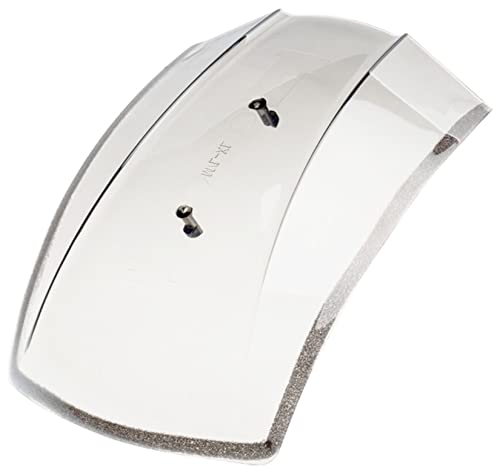Like I said, compression pressure can be changed by allowing more or less flow into the cylinder - either by valve timing, turbo or supercharger, atmospheric pressure, or simply opening the throttle. This is why you need to hold the throttle wide open when doing a compression test.
Compression ratio is determined by piston stroke length, piston shape, and combustion chamber shape. It is not variable.
Throttle closed, little flow, low compression pressure, little power (idle). Throttle open, more flow, higher compression pressure, more power. The compression ratio stays the same.









































